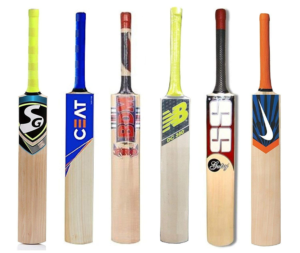The Role of Kavitatsioon in Marine Technology: Overcoming Challenges and Finding Solutions
Marine technology has advanced significantly over the years, improving vessel efficiency, durability, and performance. However, kavitatsioon, or cavitation, remains a critical challenge affecting the lifespan and functionality of marine structures. This phenomenon, caused by rapid pressure changes in liquid environments, leads to structural damage, efficiency loss, and increased maintenance costs. In this article, we will explore the impact of kavitatsioon on marine technology, the challenges it presents, and the innovative solutions available to mitigate its effects.
Understanding Kavitatsioon in Marine Technology
Kavitatsioon occurs when liquid pressure drops below its vapor pressure, forming vapor bubbles that collapse violently upon reaching higher pressure zones. This process generates intense shockwaves that can erode metal surfaces, particularly in ship propellers, pumps, and hydraulic turbines.
Challenges of Kavitatsioon in Marine Applications
Kavitatsioon presents several challenges for marine technology, including:
- Material Erosion: The repeated collapse of vapor bubbles damages metal surfaces, leading to pitting and degradation of ship components.
- Reduced Efficiency: Cavitation disrupts fluid flow, reducing propulsion efficiency and increasing fuel consumption.
- Increased Maintenance Costs: The continuous impact of cavitation forces frequent repairs and replacements, raising operational expenses.
- Noise and Vibration: Excessive cavitation generates noise and vibrations, affecting the structural integrity of vessels and causing discomfort to passengers and crew.
Innovative Solutions to Combat Kavitatsioon
To mitigate the negative effects of cavitation in marine technology, engineers and researchers have developed several solutions:
1. Advanced Propeller Design
- Using specially designed propellers with optimized blade shapes can help reduce cavitation formation.
- Modifying blade geometry and using hydrofoil-inspired designs minimize pressure fluctuations.
2. High-Performance Coatings
- Protective coatings made of advanced polymers or nanomaterials enhance surface resistance against cavitation damage.
- Anti-cavitation coatings create a smoother surface, reducing the formation of vapor bubbles.
3. Improved Hydrodynamics
- Adjusting the shape of ship hulls and flow passages can minimize pressure variations that trigger cavitation.
- Computational fluid dynamics (CFD) simulations help optimize designs for lower cavitation risk.
4. Material Innovation
- Using high-strength alloys and composite materials can improve the durability of marine components.
- Titanium and stainless-steel alloys have been shown to resist cavitation-related wear effectively.
5. Active Control Systems
- Modern vessels incorporate real-time monitoring systems to detect cavitation early and adjust operational parameters accordingly.
- Adaptive control mechanisms alter propeller speed and angles to minimize cavitation effects.
Conclusion
Kavitatsioon remains a significant challenge in marine technology, affecting vessel efficiency, durability, and operational costs. However, advancements in propeller design, protective coatings, hydrodynamics, material science, and active monitoring systems offer effective solutions to mitigate its impact. By incorporating these innovations, the maritime industry can enhance the performance and longevity of marine structures, leading to more efficient and sustainable marine transportation.
For more information on advanced technologies and innovative solutions, visit Zlimline.

